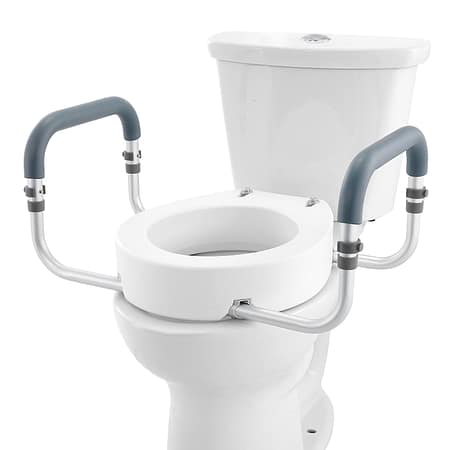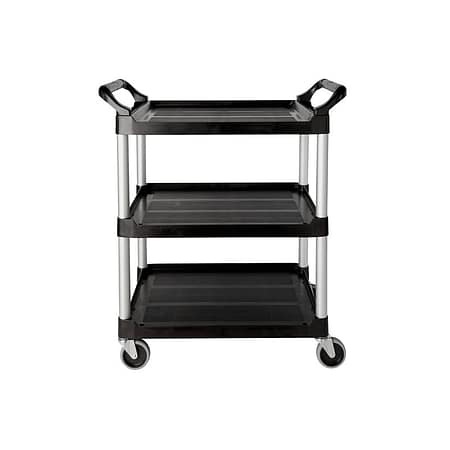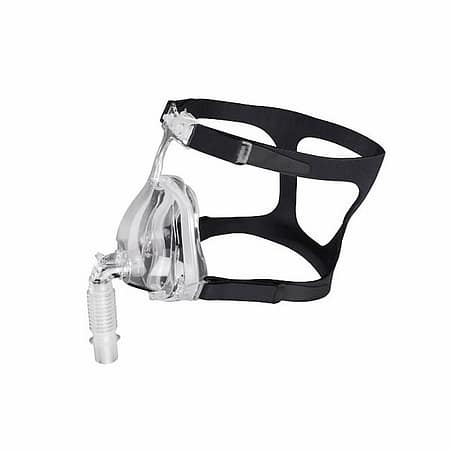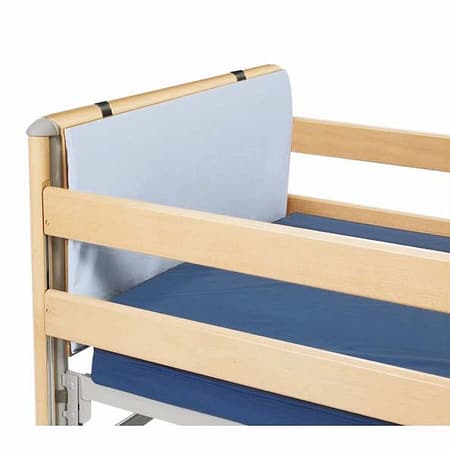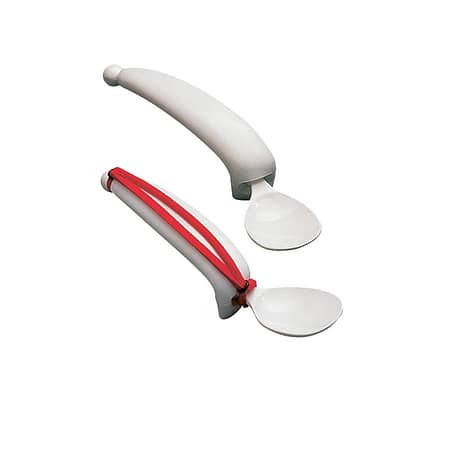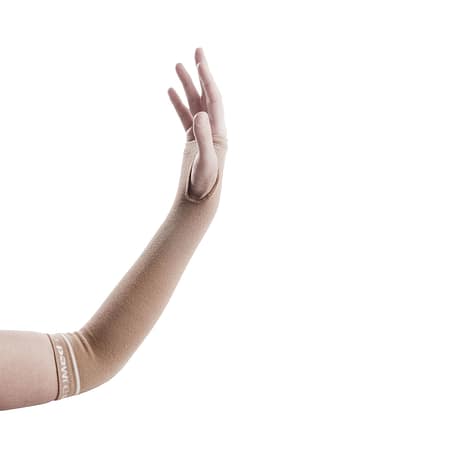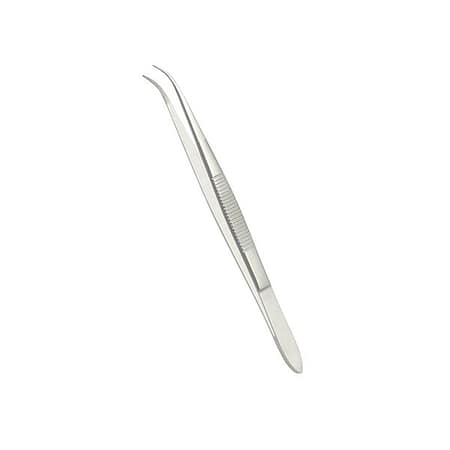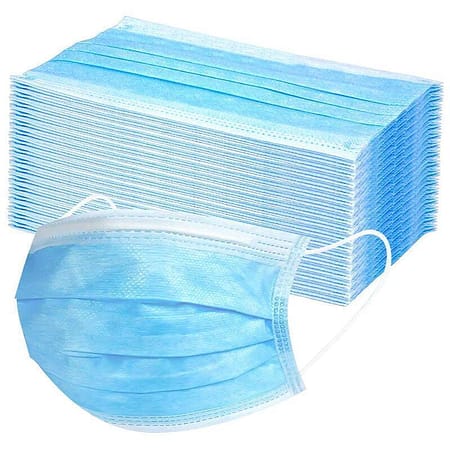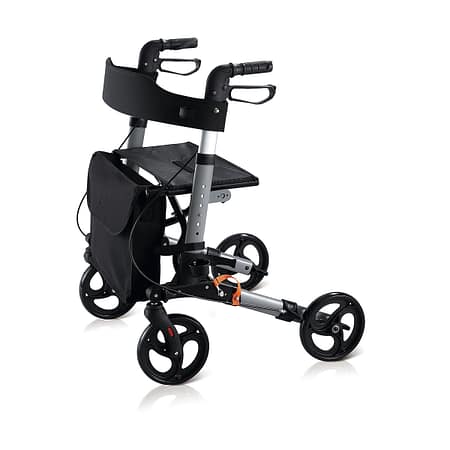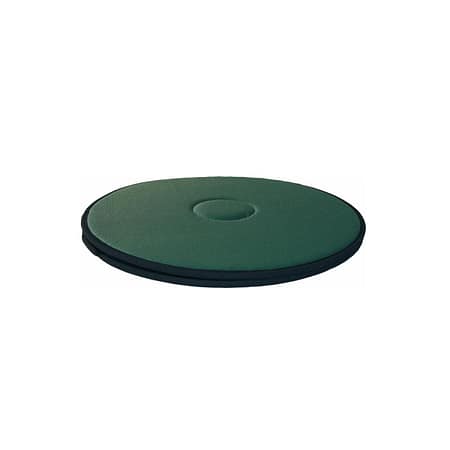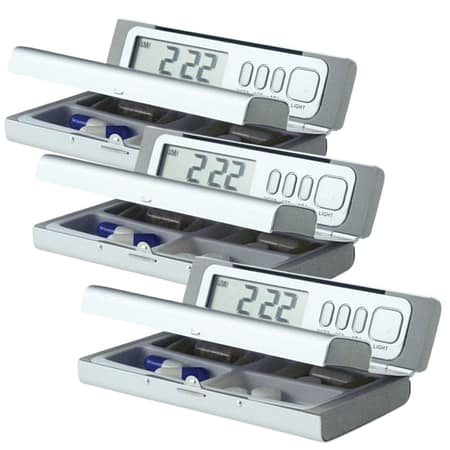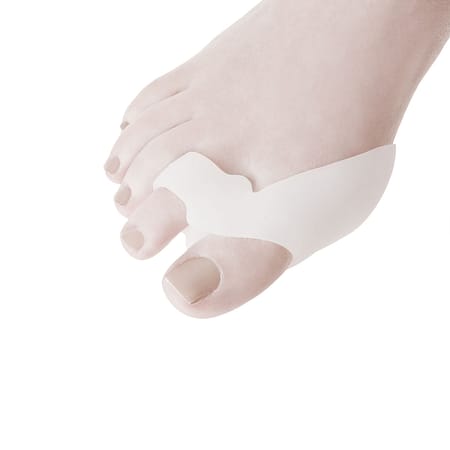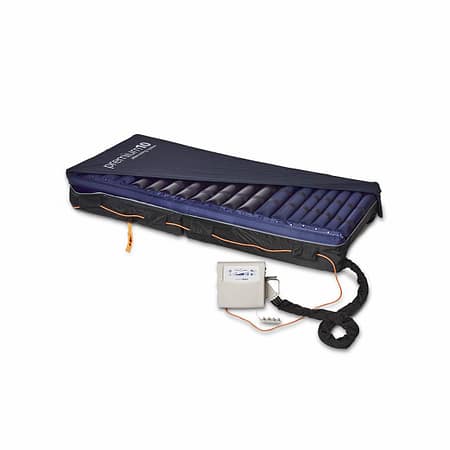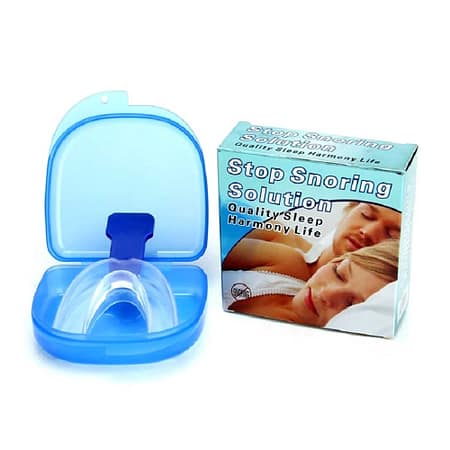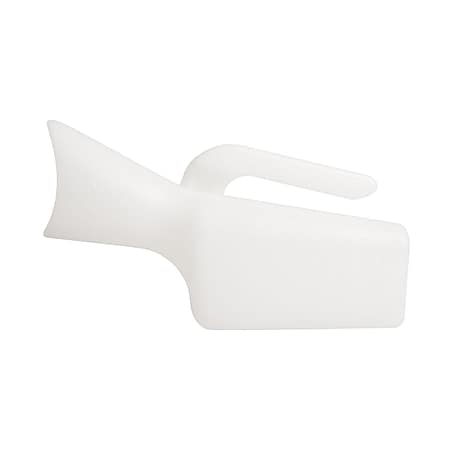Exploring Types of Forceps for Specific Medical Uses
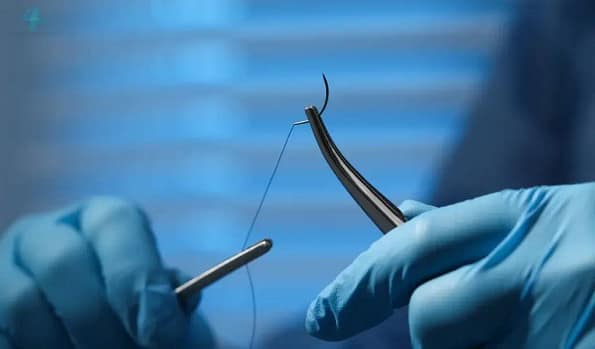
Are there different types of forceps based on their specific medical applications?
Introduction to Forceps in Medical Practice
Forceps have played a pivotal role in medical practice, tracing back to ancient civilizations where early iterations were used in surgical procedures. This long-standing medical instrument has undergone significant evolution, both in design and functionality, to meet the diverse needs of modern medicine. Today, forceps are indispensable tools across various medical fields, from surgery to obstetrics, gynecology, and beyond.
Their significance lies not only in their ability to manipulate tissues delicately and precisely but also in their contribution to the advancement of surgical techniques and patient care. As such, understanding the historical development of forceps and recognising their critical role in contemporary medical practices is essential for healthcare professionals, ensuring they can select and utilise the appropriate type of forceps for specific medical applications.
Understanding the Different Types of Forceps
Classification Based on Functionality
Forceps serve a multitude of purposes in the medical field, classified primarily by their functionality. These include gripping, cutting, and holding instruments, each designed for specific procedures. Hemostatic forceps, for instance, are used to control bleeding by clamping blood vessels, while tissue forceps have teeth or serrations to hold onto tissues without causing damage. Surgical forceps can also vary in their design, from those used for delicate, precise work, such as in ophthalmic surgery, to more robust models for handling dense tissues or organs.
Material Considerations and Design Innovations
The materials used in the manufacturing of forceps are crucial for ensuring durability, sterility, and functionality. Most are made from high-grade stainless steel, which resists corrosion and withstands repeated sterilization. However, innovations in materials science have introduced titanium and disposable plastic forceps, catering to specific needs such as reduced weight or single-use applications. Design innovations have also led to ergonomic improvements, reducing hand fatigue and improving precision in long surgeries, demonstrating the industry’s commitment to advancing medical tools in line with technological progress and surgical needs.

Surgical Forceps and Their Applications
Surgical forceps are essential tools in the operating room, designed with precision to assist surgeons in various procedures. These instruments are categorized based on their specific uses, such as controlling bleeding, handling tissues, and aiding in suturing.
Hemostatic Forceps for Blood Vessel Compression
Hemostatic forceps are critical in surgical procedures for controlling bleeding and grasping blood vessels. They come in various designs, each tailored for different types of vessels and surgical scenarios.
- Mosquito Forceps: Small, delicate, and used for clamping small blood vessels. Their fine tips allow for precise control, making them ideal for surgeries in confined spaces.
- Kelly and Crile Forceps: Larger than mosquito forceps, these are used for clamping larger vessels or tissues. Kelly forceps have a half-serrated jaw, suitable for medium-sized vessels, while Crile forceps are fully serrated, offering a firmer grip for larger vessels.
Tissue and Organ Handling Forceps
These forceps are designed to hold and manipulate tissues and organs without causing damage, featuring serrations or teeth for a secure grip.
- Allis Forceps: Known for their toothed gripping end, they are commonly used to hold or retract dense tissues, such as in abdominal surgeries.
- Babcock Forceps: Similar to Allis but with a gentler grip, suitable for handling delicate tissues like intestines or fallopian tubes without causing trauma.
Needle Holder Forceps for Suturing
Needle holder forceps, or needle drivers, are designed to hold a suturing needle securely during the process of stitching wounds or incisions. They feature a locking mechanism to grip the needle tightly, with a beveled edge for better control and precision. This instrument is indispensable for closing tissues and ensuring wound healing post-surgery, highlighting the versatility and importance of forceps in surgical applications.
Each type of surgical forceps plays a pivotal role in the success of medical procedures, demonstrating the necessity of understanding their specific applications to ensure optimal patient outcomes.
Obstetrical and Gynaecological Forceps
In the realms of obstetrics and gynaecology, forceps play a crucial role in aiding childbirth and conducting specific procedures. Obstetrical forceps, such as Simpson and Kielland’s, are meticulously designed to assist in the delivery process, offering the needed precision and safety for both mother and child. Simpson forceps are known for their curved design, aligning with the maternal pelvic curve and aiding in the gentle extraction of the baby during delivery. Kielland’s forceps, with their adjustable lock and minimal pelvic curve, are ideal for situations requiring slight rotations to facilitate childbirth.
Gynaecological forceps, including endocervical and biopsy forceps, are indispensable for performing precise procedures like cervical biopsies, allowing for tissue sampling with minimal discomfort and high accuracy. These specialized tools underscore the importance of precision-engineered instruments in enhancing patient care in obstetrical and gynaecological practices.
Specialty Forceps for Unique Medical Procedures
Specialty forceps are indispensable tools tailored for unique medical procedures in ophthalmology, ENT (Ear, Nose, and Throat), and dentistry, each designed with precision to suit the specific needs of these delicate areas. Ophthalmological forceps are crafted for the intricate work required in eye surgeries, such as cataract removal or corneal transplants, offering unparalleled precision and delicate handling to protect the sensitive structures of the eye. In ENT practices, forceps are designed to navigate the complex anatomy of the ear, nose, and throat, assisting in procedures ranging from tonsillectomies to nasal polyp removals.
Dental forceps, on the other hand, are robust and designed for the extraction of teeth, with various shapes and sizes to accommodate different tooth positions and conditions. These specialized tools exemplify the importance of having the right instrument for specific medical tasks, ensuring that procedures are conducted safely, efficiently, and with the utmost care for patient well-being.
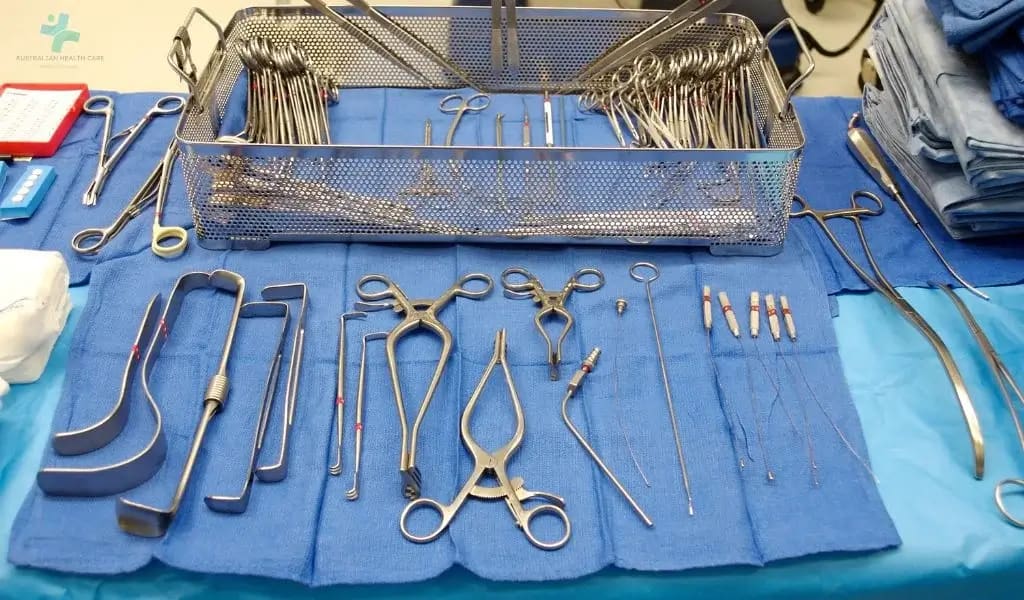
Conclusion
Factors to Consider When Selecting Forceps
Choosing the right forceps is critical for the success of any medical procedure. Key factors to consider include the specific application (e.g., surgery, obstetrics, dental), the size and delicacy of the tissue or organ being handled, and the surgeon’s preference for handle design and grip. Material composition also plays a significant role, with options like stainless steel for durability and sterilization or disposable plastics for single-use applications. Ergonomic design can greatly reduce fatigue during prolonged procedures, enhancing precision and patient outcomes.
Staying Informed on Advances in Forceps Technology
Advancements in medical technology continuously improve the design and functionality of forceps, introducing new materials, ergonomic features, and specialized designs for niche applications. Healthcare professionals should stay informed about these innovations through continuous education, trade publications, and collaboration with peers and suppliers. Understanding the latest developments in forceps technology ensures that medical practitioners can leverage these tools to provide the highest standard of care, adapting to new techniques and procedures that enhance patient safety and treatment outcomes.




